
Gilgamesh was a hero in ancient Mesopotamian mythology and the protagonist of the Epic of Gilgamesh, an epic poem written in Akkadian during the late 2nd millennium BC. He was possibly a historical king of the Sumerian city-state of Uruk, who was posthumously deified. His rule probably would have taken place sometime in the beginning of the Early Dynastic Period, c. 2900 – 2350 BC, though he became a major figure in Sumerian legend during the Third Dynasty of Ur.

Sigmund Freud was an Austrian neurologist and the founder of psychoanalysis, a clinical method for evaluating and treating pathologies seen as originating from conflicts in the psyche, through dialogue between patient and psychoanalyst, and the distinctive theory of mind and human agency derived from it.

Hector Hugh Munro, better known by the pen name Saki and also frequently as H. H. Munro, was a British writer whose witty, mischievous and sometimes macabre stories satirize Edwardian society and culture. He is considered by English teachers and scholars a master of the short story and is often compared to O. Henry and Dorothy Parker. Influenced by Oscar Wilde, Lewis Carroll and Rudyard Kipling, he himself influenced A. A. Milne, Noël Coward and P. G. Wodehouse.

Alfred Ernest Jones was a Welsh neurologist and psychoanalyst. A lifelong friend and colleague of Sigmund Freud from their first meeting in 1908, he became his official biographer. Jones was the first English-speaking practitioner of psychoanalysis and became its leading exponent in the English-speaking world. As President of both the International Psychoanalytical Association and the British Psycho-Analytical Society in the 1920s and 1930s, Jones exercised a formative influence in the establishment of their organisations, institutions and publications.

Oberon is a king of the fairies in medieval and Renaissance literature. He is best known as a character in William Shakespeare's play A Midsummer Night's Dream, in which he is King of the Fairies and spouse of Titania, Queen of the Fairies.
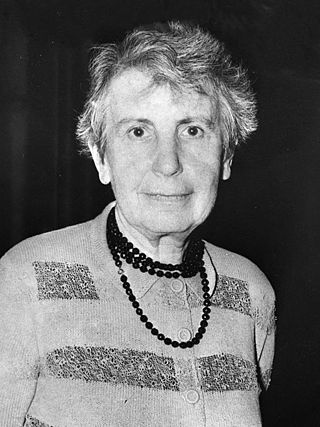
Anna Freud CBE was a British psychoanalyst of Austrian-Jewish descent. She was born in Vienna, the sixth and youngest child of Sigmund Freud and Martha Bernays. She followed the path of her father and contributed to the field of psychoanalysis. Alongside Hermine Hug-Hellmuth and Melanie Klein, she may be considered the founder of psychoanalytic child psychology.
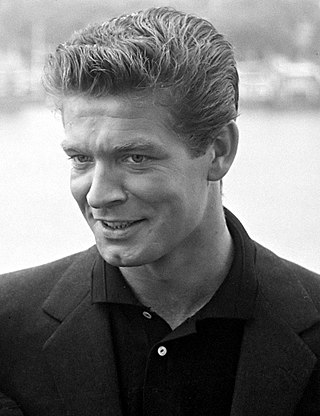
Stephen Boyd was a Northern Irish actor. He appeared in some 60 films, most notably as the villainous Messala in Ben-Hur (1959), a role that earned him the Golden Globe Award for Best Supporting Actor – Motion Picture. He received his second Golden Globe Award nomination for Billy Rose's Jumbo (1962). He also appeared, sometimes as a hero and sometimes as a malefactor, in the major big-screen productions The Night Heaven Fell (1958), The Bravados (1958), Imperial Venus (1962), The Fall of the Roman Empire (1964), Genghis Khan (1965), Fantastic Voyage (1966) and Shalako (1968).

Lou Andreas-Salomé was a Russian-born psychoanalyst and a well-traveled author, narrator, and essayist from a French Huguenot-German family. Her diverse intellectual interests led to friendships with a broad array of distinguished thinkers, including Friedrich Nietzsche, Sigmund Freud, Paul Rée, and Rainer Maria Rilke.
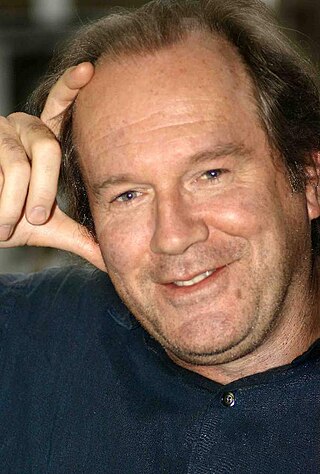
William Andrew Murray Boyd is a Scottish novelist, short story writer and screenwriter.
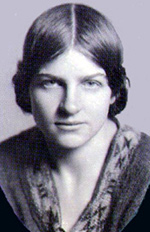
Naomi Mary Margaret Mitchison, Baroness Mitchison was a Scottish novelist and poet. Often called a doyenne of Scottish literature, she wrote over 90 books of historical and science fiction, travel writing and autobiography. Her husband Dick Mitchison's life peerage in 1964 entitled her to call herself Lady Mitchison, but she never did. Her 1931 work, The Corn King and the Spring Queen, is seen by some as the prime 20th-century historical novel.

Josef Breuer was a distinguished physician who made key discoveries in neurophysiology, and whose work in the 1880s with his patient Bertha Pappenheim, known as Anna O., developed the talking cure and laid the foundation to psychoanalysis as developed by his protégé Sigmund Freud.
The Old Law, or A New Way to Please You is a seventeenth-century tragicomedy written by Thomas Middleton, William Rowley, and Philip Massinger. It was first published in 1656, but is generally thought to have been written about four decades earlier.

Any Human Heart: The Intimate Journals of Logan Mountstuart is a 2002 novel by William Boyd, a British writer. It is written as a lifelong series of journals kept by the fictional character Mountstuart, a writer whose life (1906–1991) spanned the defining episodes of the 20th century, crossed several continents and included a convoluted sequence of relationships and literary endeavours. Boyd uses the diary form to explore how public events impinge on individual consciousness, so that Mountstuart's journal alludes almost casually to the war, the death of a prime minister, or the abdication of the king. Boyd plays ironically on the theme of literary celebrity, introducing his protagonist to several real writers who are included as characters.

Nat Tate: An American Artist 1928–1960 is a 1998 novel, presented as a biography, by the Scottish writer William Boyd. Nat Tate was an imaginary person, invented by Boyd and created as "an abstract expressionist who destroyed '99%' of his work and leapt to his death from the Staten Island ferry. His body was never found." At the time of the novel's launch, Boyd went some way to encourage the belief that Tate had really existed.

The family of Sigmund Freud, the pioneer of psychoanalysis, lived in Austria and Germany until the 1930s before emigrating to England, Canada, and the United States. Several of Freud's descendants and relatives have become well known in different fields.

Upperworld is a 1934 American pre-Code drama film directed by Roy Del Ruth and starring Warren William as a wealthy married railroad tycoon whose friendship with a showgirl, played by Ginger Rogers, leads to blackmail and murder. Upperworld is one of the last films released before the strict enforcement of the Hollywood Production Code by Joseph I. Breen, which began on July 1, 1934.
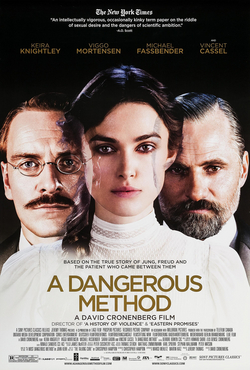
A Dangerous Method is a 2011 historical drama film directed by David Cronenberg. The film stars Keira Knightley, Viggo Mortensen, Michael Fassbender, Sarah Gadon, and Vincent Cassel. Its screenplay was adapted by writer Christopher Hampton from his 2002 stage play The Talking Cure, which was based on the 1993 non-fiction book by John Kerr, A Most Dangerous Method: The Story of Jung, Freud, and Sabina Spielrein.
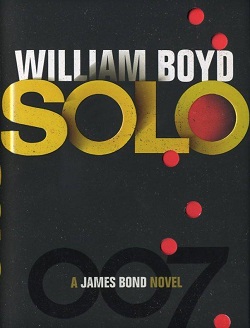
Solo is a James Bond continuation novel written by William Boyd. It was published in the UK by Jonathan Cape on 26 September 2013 in hardback, e-book and audio editions, and in the US by HarperCollins on 8 October 2013.
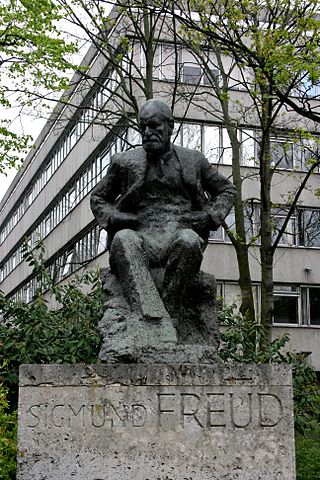
A statue of Sigmund Freud, the founder of psychoanalysis, is situated in the grounds of the Tavistock Clinic, at the junction of Fitzjohn's Avenue and Belsize Lane, in Hampstead, North London. The seated bronze statue on a limestone plinth is a work of the sculptor Oscar Nemon. Freud lived nearby at 20 Maresfield Gardens for the last months of his life; his house is now the Freud Museum.



















